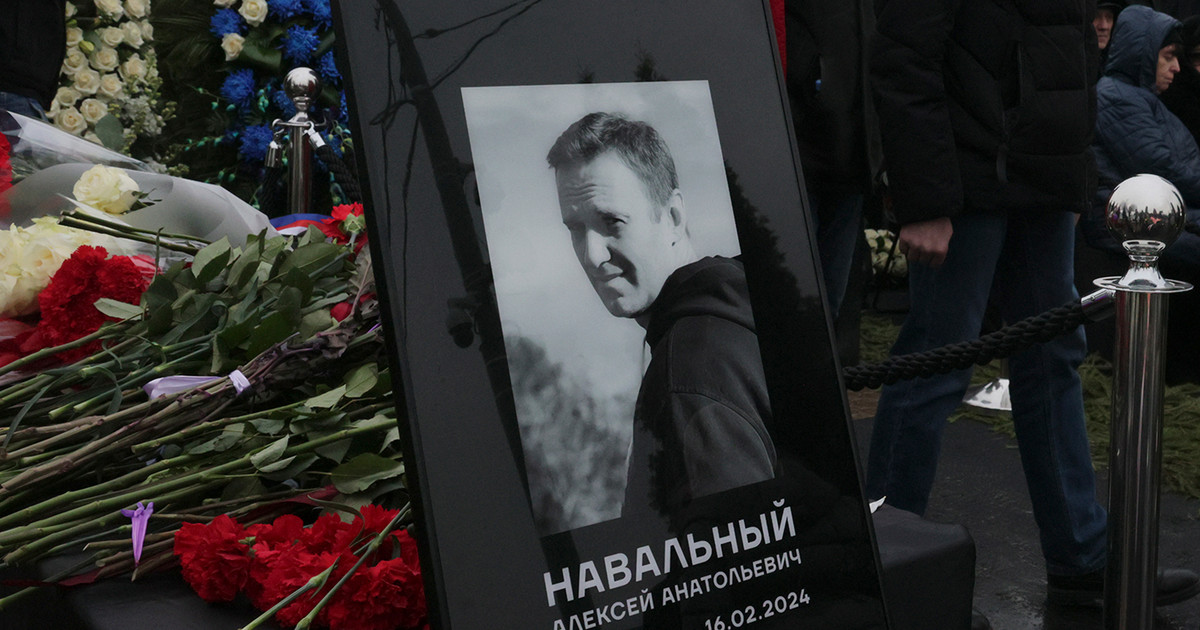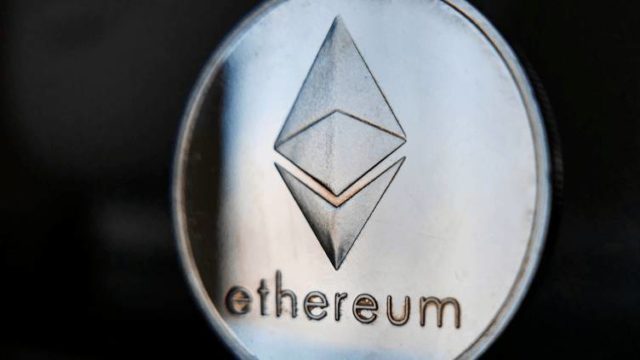By Marcus Ashworth
Christine Lagarde violated one of the golden rules of central banking. In a blog post that came to light on Monday, the president of the European Central Bank actually gave clear future guidance on the possible course of interest rates in the coming months.
With an ex-ante commitment to raising borrowing costs, Lagarde signals that the “hawks” at the ECB have won the battle of arguments over whether the current rise in inflation reflects a structural change in the global economy that will lead to the negative interest rates in the history books.
Historical originality
Lagarde was bold enough to give specific figures on when and to what extent the official deposit rate will rise, while clarifying that the ECB bond purchase under the Asset Purchase Program (APP) is likely to be completed in July.
These are “strong” positions, which means that an initial increase of 25 basis points in the July meeting will be repeated at the next meeting of European central bankers in September, ending interest rates below zero in the euro area, after eight long years.
“I expect the net purchases under the APP to end very early in the third quarter. This would allow us to raise interest rates at our meeting in July, according to our guidance. Given the current outlook, we are likely to be able to get out of negative interest rates by the end of the third quarter “.
I find it hard to remember any central banker, certainly not someone from the ECB, ever being so concise and specific about monetary policy prospects.
Here “smells” a necessary capitulation from the once “dove” Lagarde in order to prevent a harmful split in the Board – this is a weakness disguised as power. After a decade of unbridled laxity, I have long expected to end my career without ever seeing the ECB tighten its monetary policy again.
And the recession?
To be fair, there is some room for improvement if growth slows dramatically or deflation threatens to return.
The economic landscape, however, would have to change substantially in order for a turnaround to take place without losing all of the ECB’s credibility. Lagarde and Philip Lane, chief economist at the ECB, saw their “function as a function of macroeconomic trends” line derailed.
Attempts to introduce some strategic ambiguity, including the time it would take to raise interest rates once quantitative easing froze, never gave a real sense of deep conviction. Surely the euro financial markets ignored it, already pricing several increases by the end of this year.
Lagarde’s blog post is more about meeting expectations than setting a new agenda.
Lagarde had repeatedly stressed in December that it was “extremely unlikely that the ECB would raise interest rates in 2022”, but at the March meeting there were reports that a significant minority of policymakers wanted an immediate change in the Bank’s monetary stance.
Since then, the “chorus” of board members calling for a faster QE fee, which would foreshadow higher borrowing costs, has grown to reach what looks like a majority. The newly discovered ECB aggression seems to have set a threshold in the euro, which seemed to be ruthlessly heading towards a dollar exchange rate.
Danger
The real danger of Lagarde’s sudden turnaround and entry into the “hawk” camp is a sharp downturn in the eurozone economy like the one already seen in the UK, with consumer confidence and retail spending hitting a wall “.
Let’s hope that this sudden outburst of clarity on the ECB will not be undermined by a case of what could be called Bank-of-England disease that infected the UK central bank in November when its Monetary Policy Committee rejected it. what the market had seen as a promise to raise interest rates, giving global markets a nasty “whipping” example.
At least the ECB has some budget support to sustain growth even in the face of inflation, with Germany supporting the European Union’s plans to remain lenient with the fiscal discipline of individual nation states.
If inflation does not fall closer to the ECB’s 2% target, market expectations for a further increase in borrowing costs, which will lead official interest rates to positive ground by 2023, will intensify.
Policymakers must remain cautious about repeating the ECB’s mistake under Jean-Claude Trichet in 2011, when it continued to tighten monetary policy even as the European debt crisis began to unfold and the eurozone was clearly moving towards .
Proper timing is everything. Let’s hope that the ECB finds the right balance this time.
Source: Bloomberg
I’m Ava Paul, an experienced news website author with a special focus on the entertainment section. Over the past five years, I have worked in various positions of media and communication at World Stock Market. My experience has given me extensive knowledge in writing, editing, researching and reporting on stories related to the entertainment industry.






